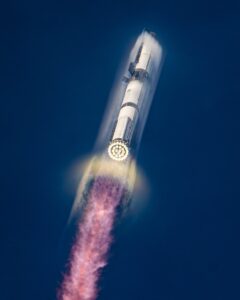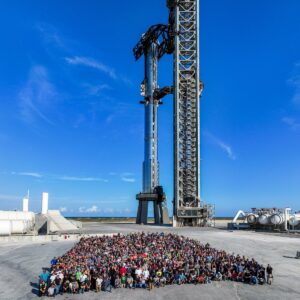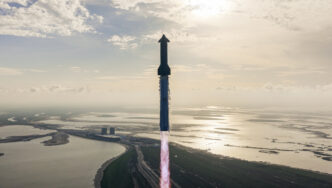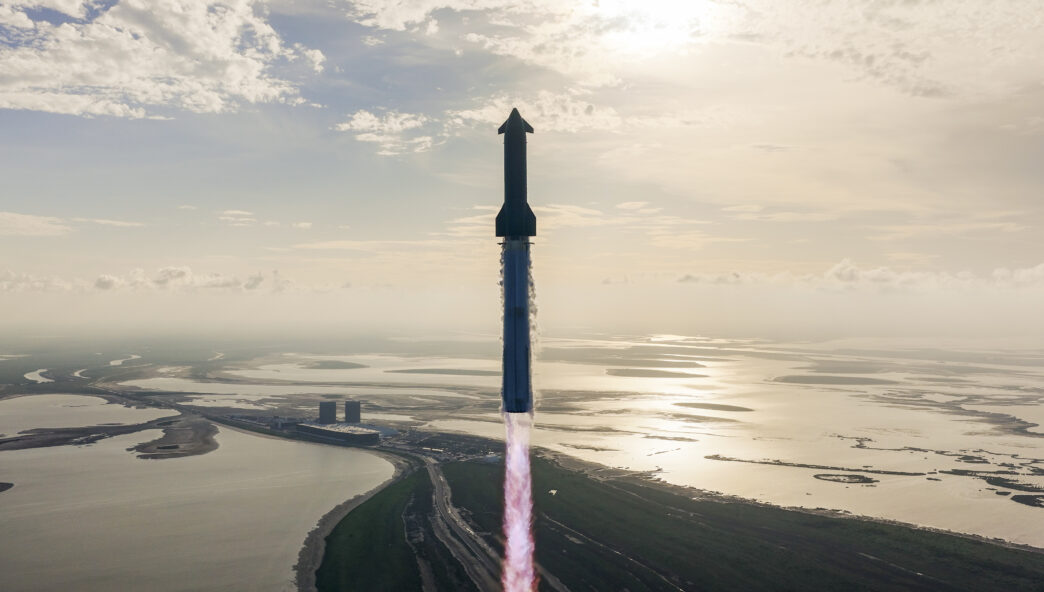After three straight failures this year, SpaceX finally marked a major win on Tuesday night when its massive Super Heavy-Starship rocket completed what appeared to be its most successful test to date.
The upper stage, Starship, endured brutal reentry heating that burned parts of its protective skirt and even partially melted a control flap.
However, the giant spacecraft remained stable, executed its maneuvers, and ultimately splashed down in the Indian Ocean as planned.
“Splashdown confirmed! Congratulations to the entire SpaceX team on an exciting tenth flight test of Starship!” SpaceX announced on X shortly after the landing.

The reusable Super Heavy booster, which powers the initial phase of flight, also performed strongly.
After pushing Starship beyond the lower atmosphere, it made a controlled descent and splashed into the Gulf of Mexico.
The combined success of the booster and Starship marked a turning point for SpaceX after earlier flights ended in dramatic midair explosions.
Starship is designed to be the most powerful rocket ever built.
It generates around 16 million pounds of thrust more than double NASA’s Space Launch System and even greater than the legendary Saturn V that carried Apollo astronauts to the moon.
For SpaceX, perfecting this system is vital.
The company is contracted by NASA to provide a human-rated version of Starship for the Artemis program, which aims to land astronauts on the moon by 2027.
However, significant hurdles remain. A critical one is the need for orbital refueling, which requires 10–20 tanker launches to transfer propellants in space. No space agency has ever achieved this feat.

Not everyone is convinced SpaceX can meet NASA’s timeline. A senior engineer told CBS News:
“We are not going to get a crewed Starship to the moon by 2030 under any circumstances. That doesn’t mean they’ll never get there… but it’s too big of a technical leap to accomplish in the short time that we’ve got.”
Meanwhile, China is rapidly accelerating its own lunar program.
Reports suggest Beijing may attempt a crewed moon landing before the decade ends potentially beating the United States in the renewed space race.
Despite visible reentry damage, the controlled splashdowns of both stages proved SpaceX has made major strides in reliability.
Moreover, this success will likely boost investor and NASA confidence as the company prepares for more ambitious flights.













